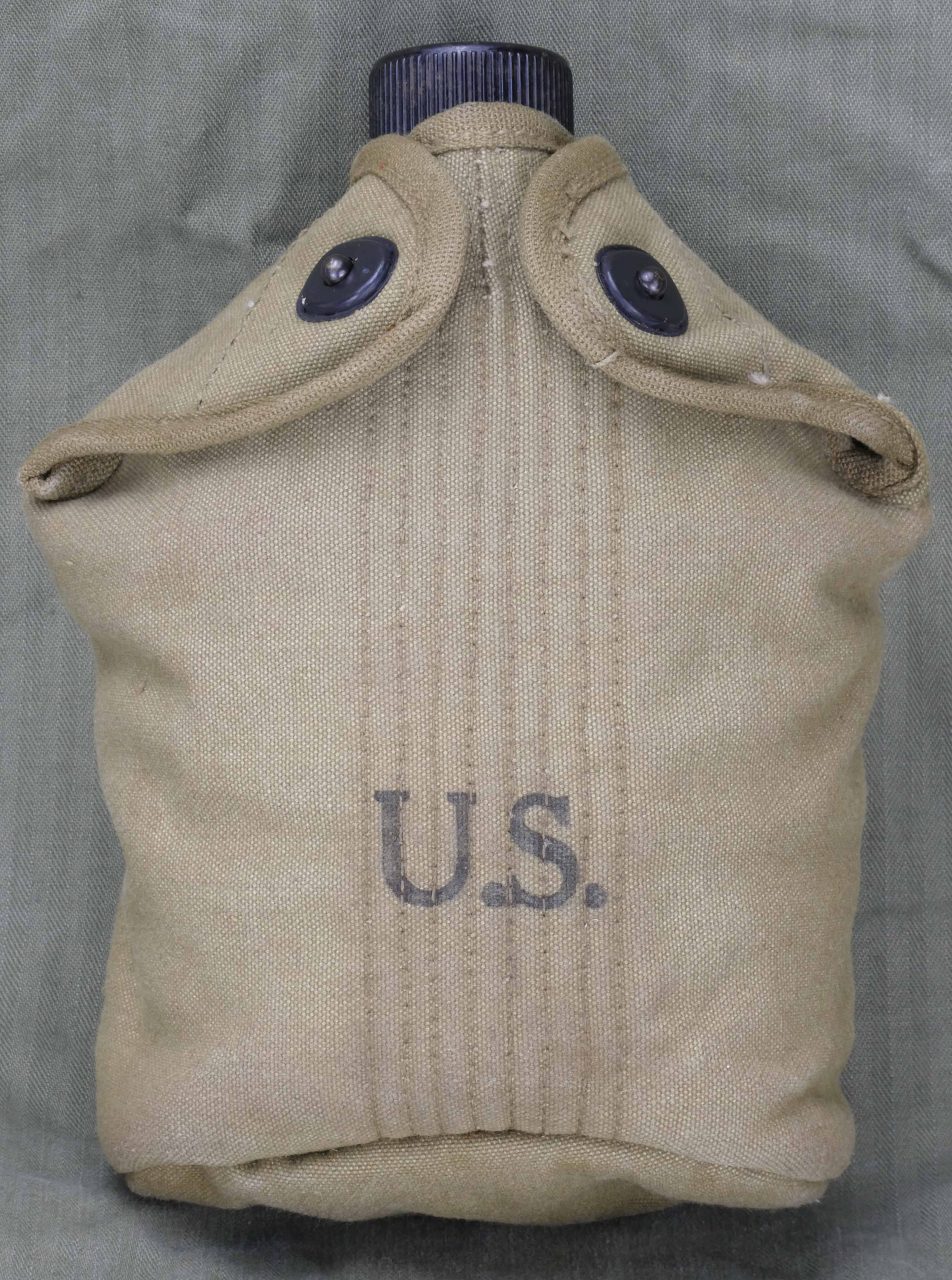World War 1:
1917 date:

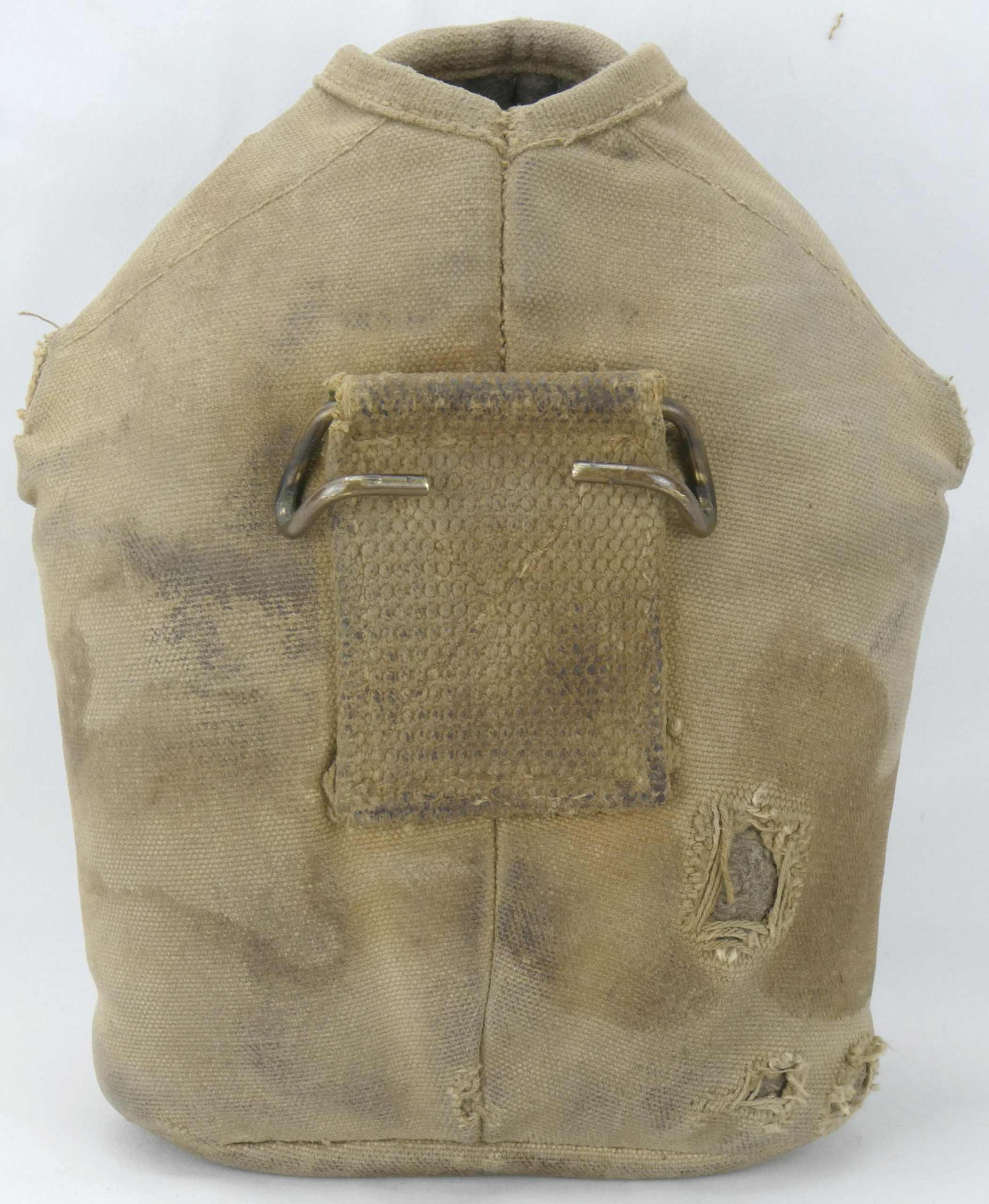
Rear seam design. This was standard issue to US troops during World War 1.
Date:
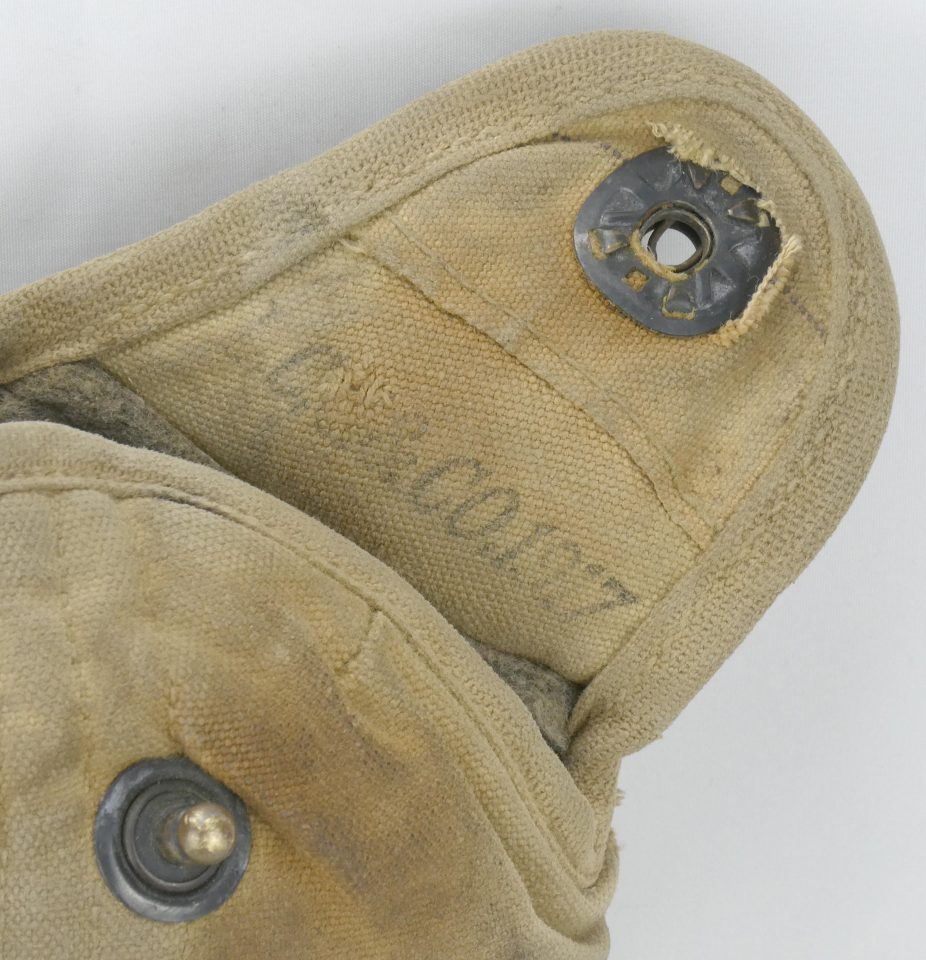
1917 date.
Inside:
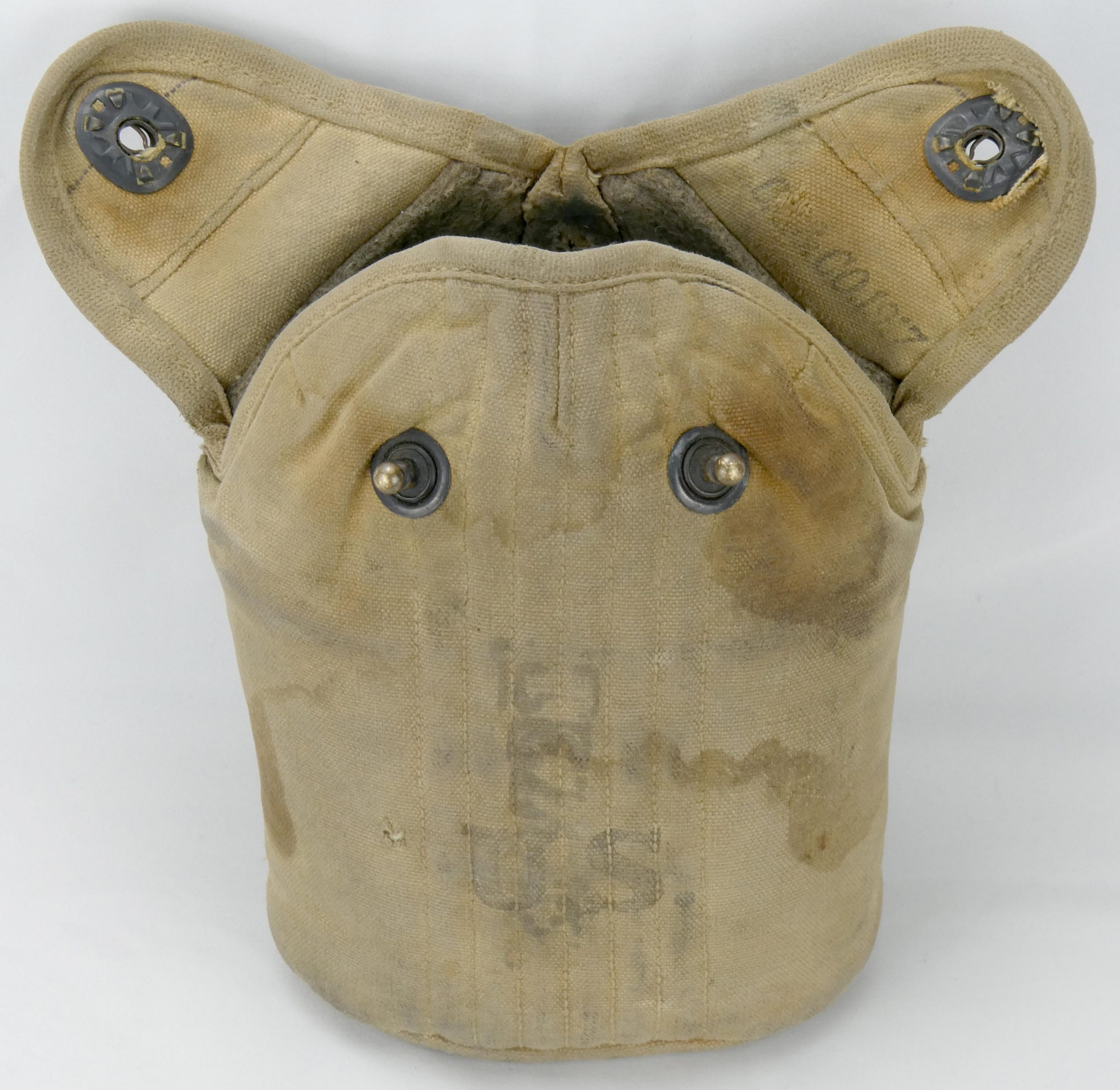
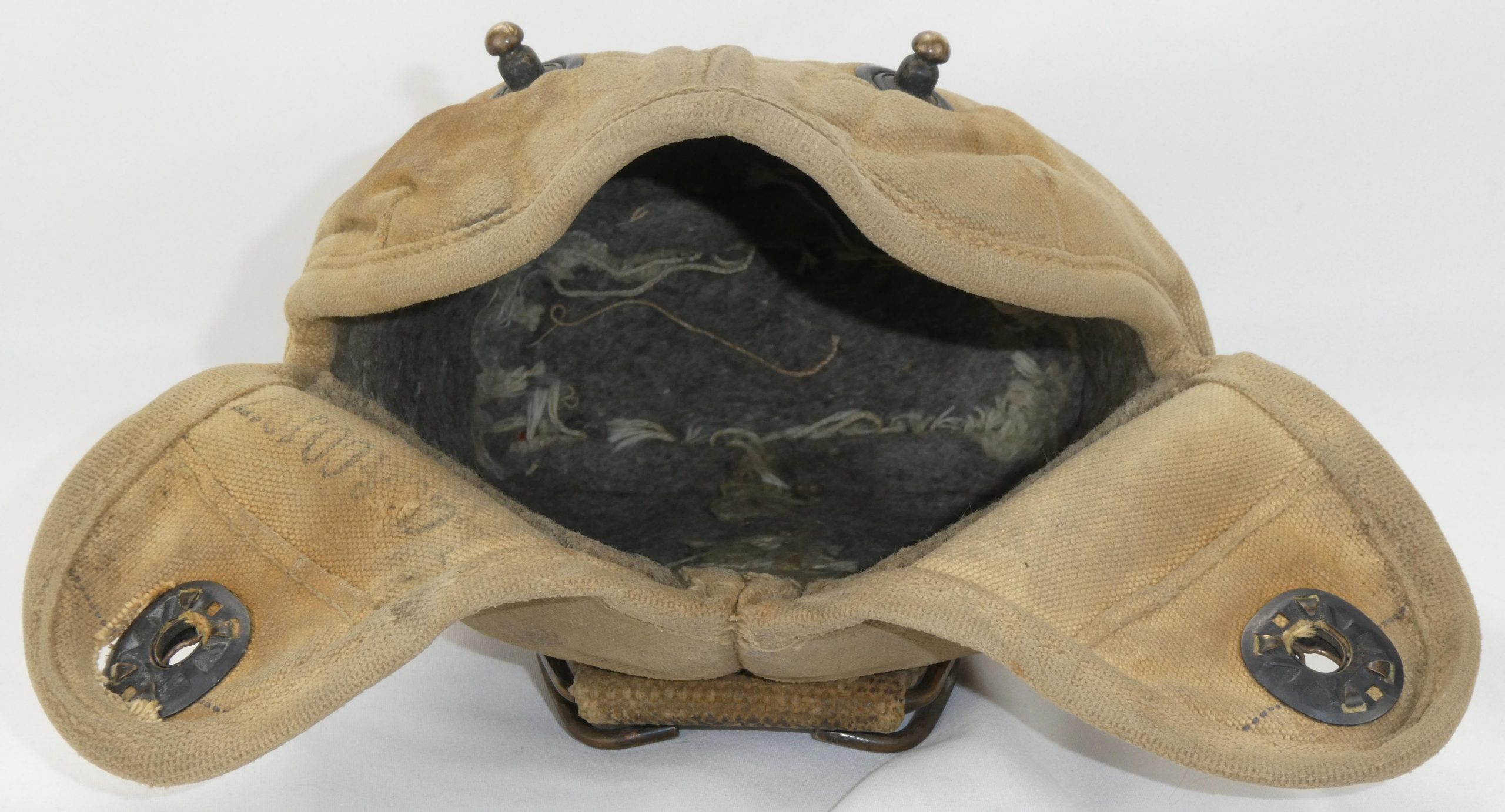
Bottom:
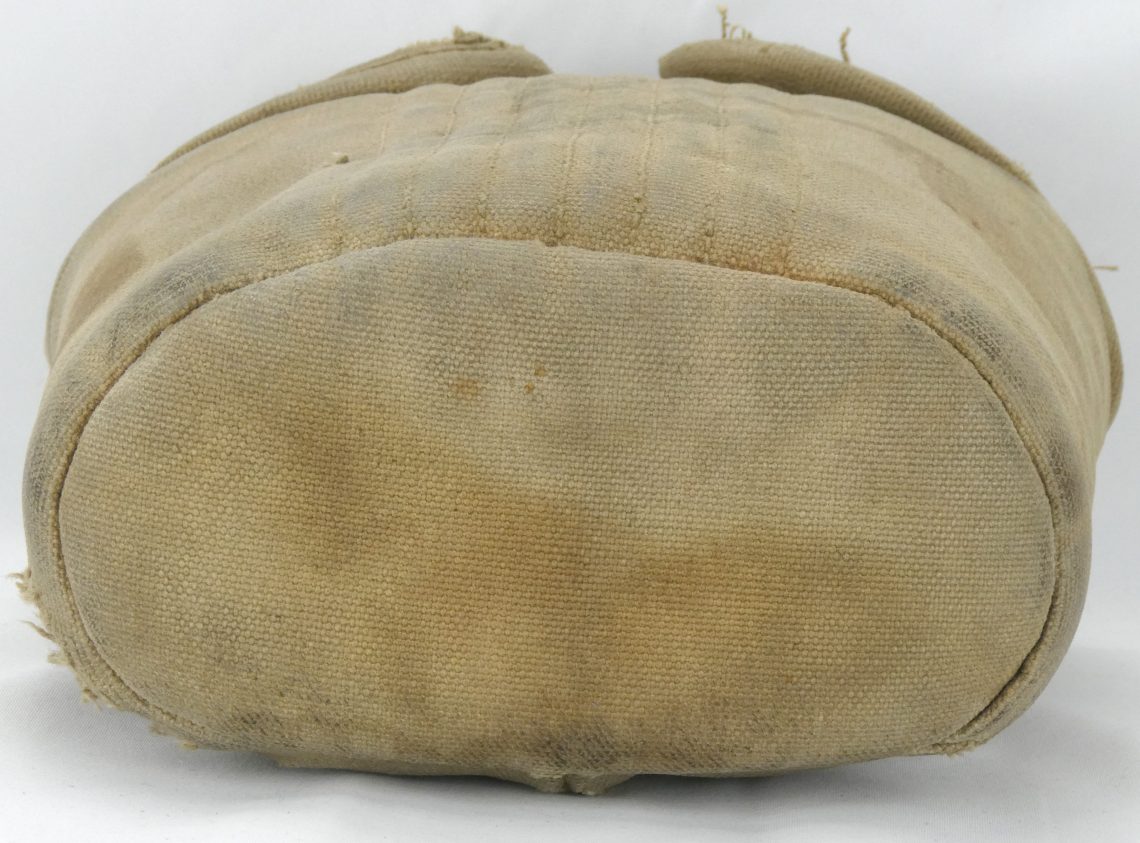
World War 2:
Rear Seam (early):
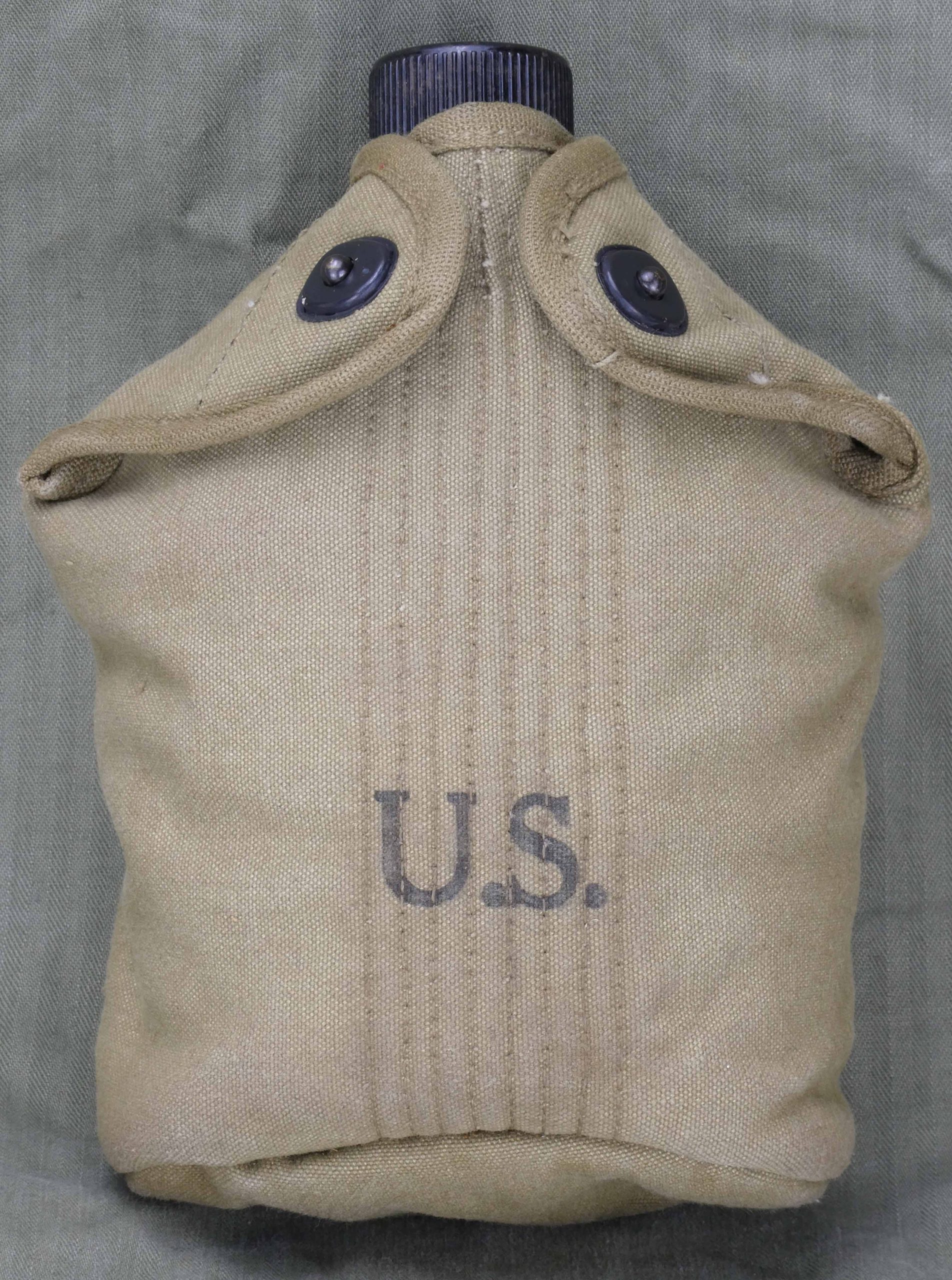
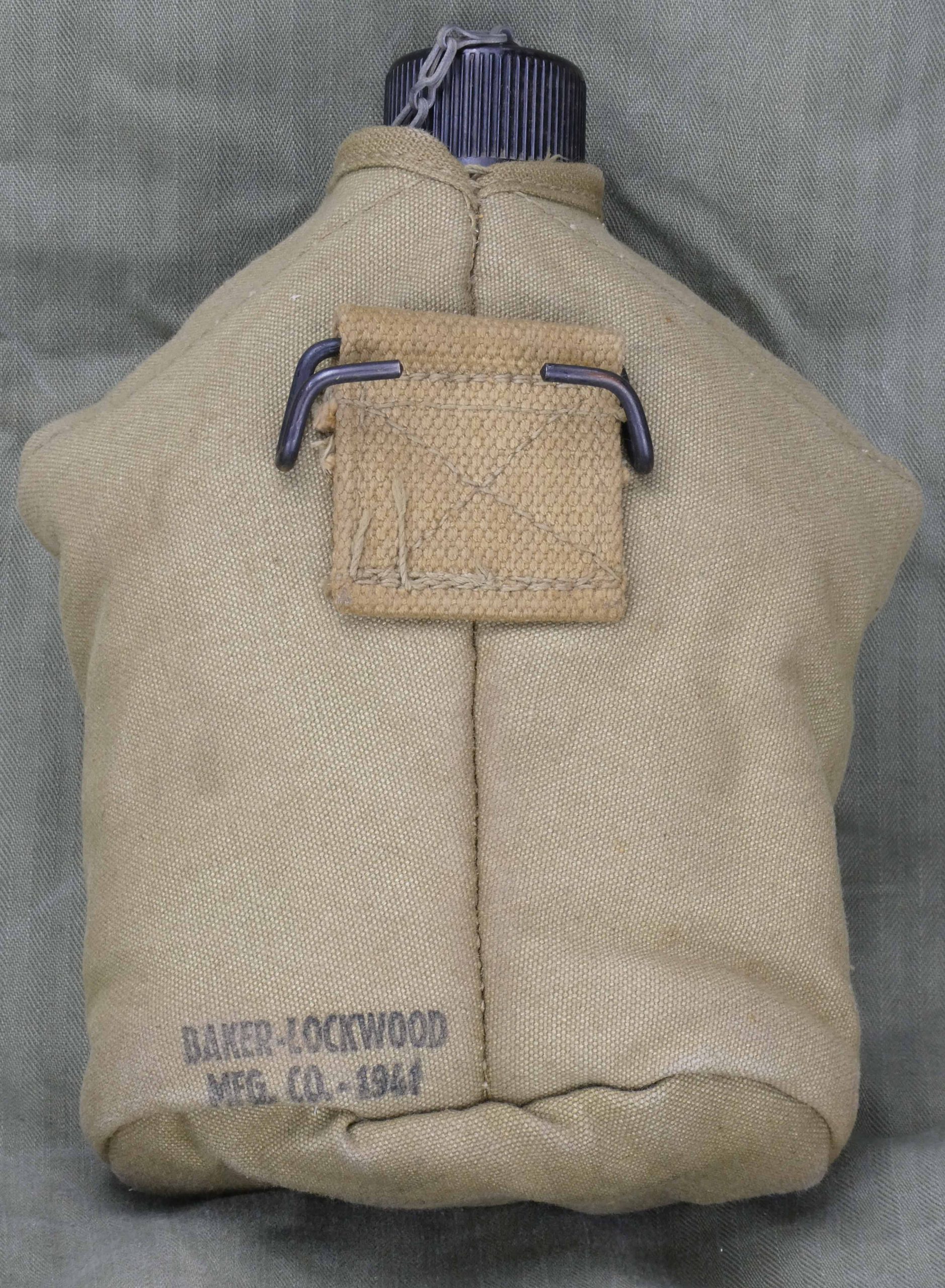
This is the same design the US used in WW1. It is cut slim so it tightly fits around the metal canteen set, making it harder to use than later versions. Baker-Lockwood produced the rear seam style in early 1941 [1], switching to the standard side seam version later that year [2]. Some 1942 dated rear seam examples have been found from other manufacturers like Jeffersonville Quartermaster Depot (JQMD [3])[4][5].
Sides and Bottom:

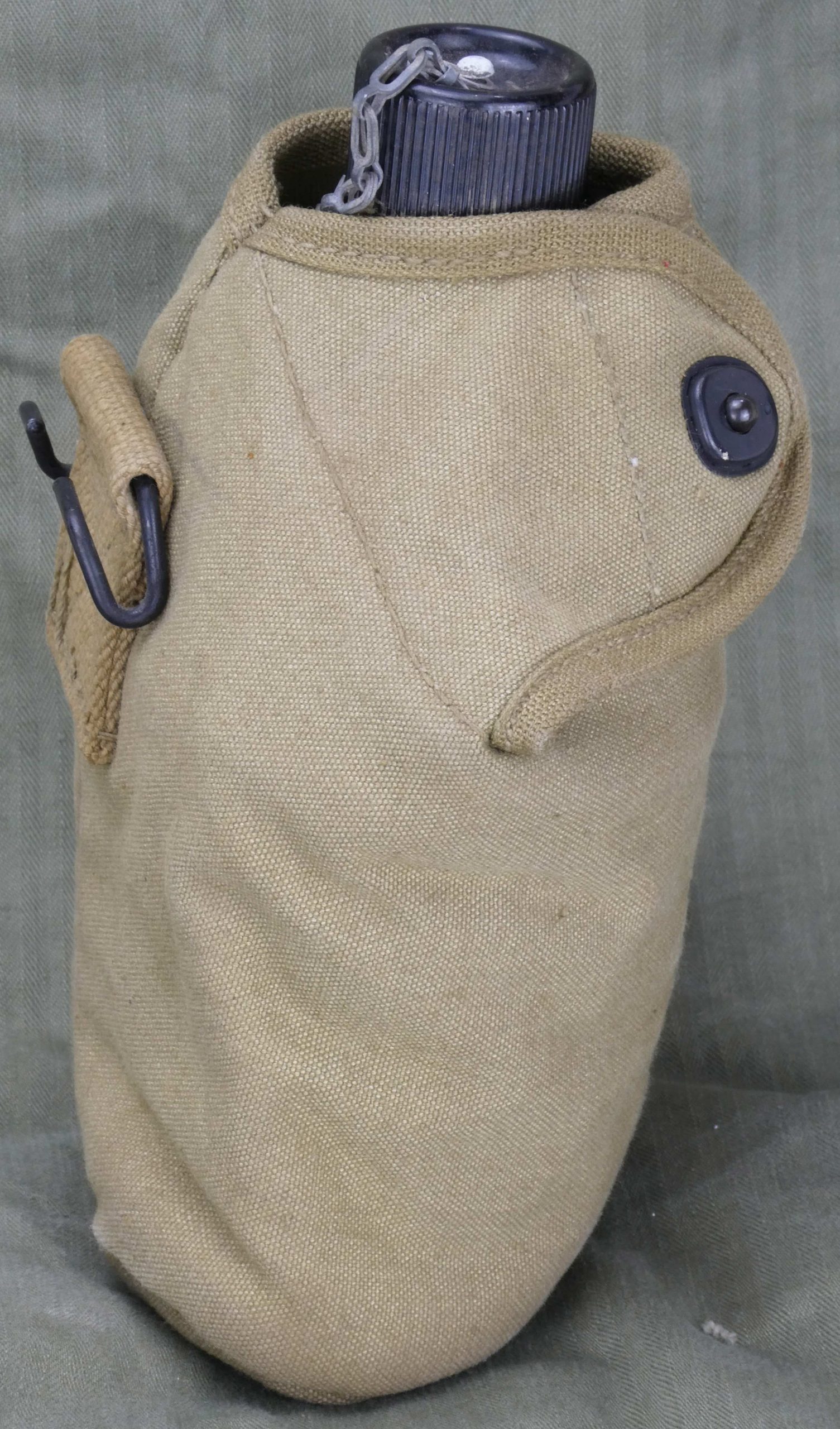
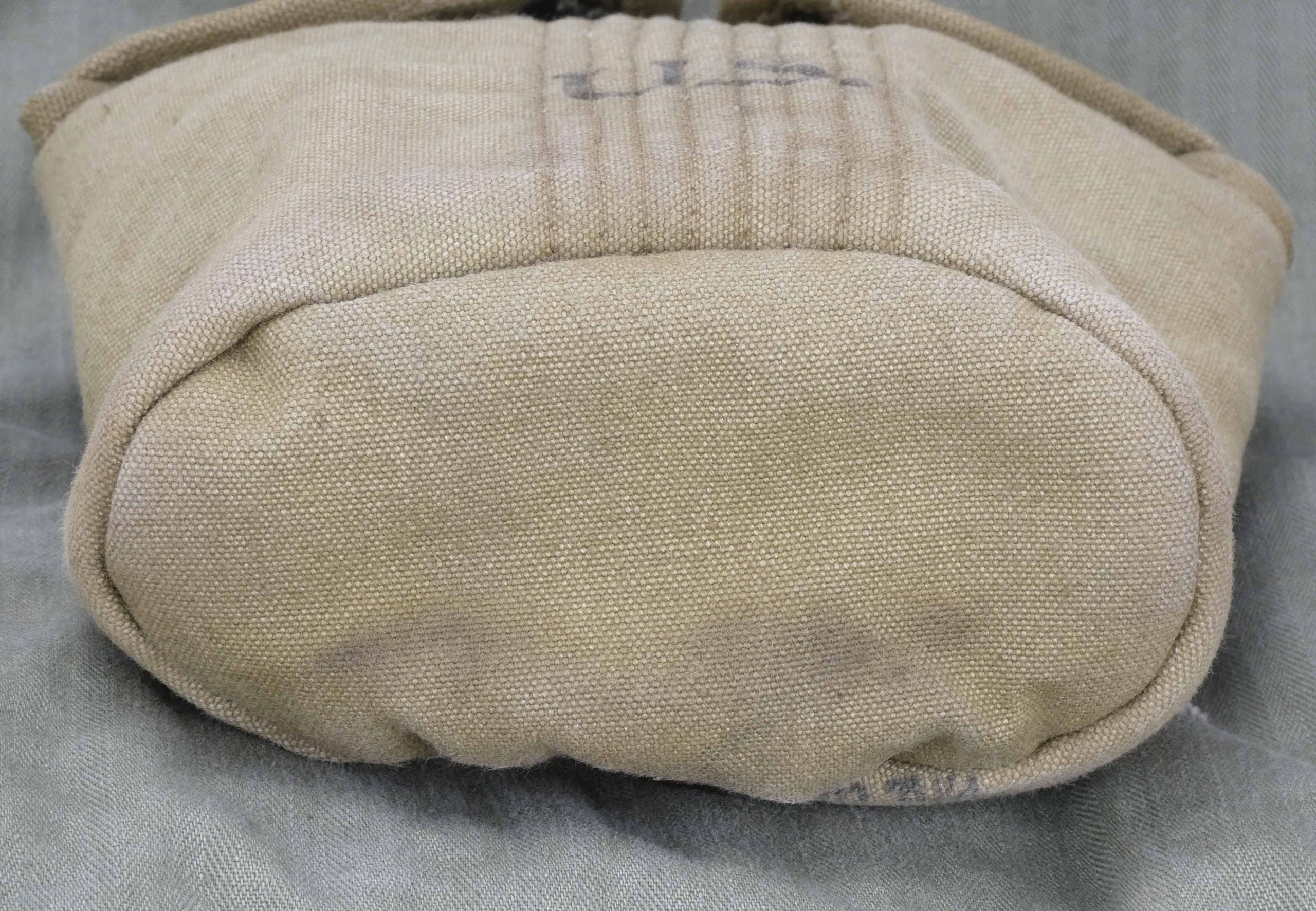
Inside :
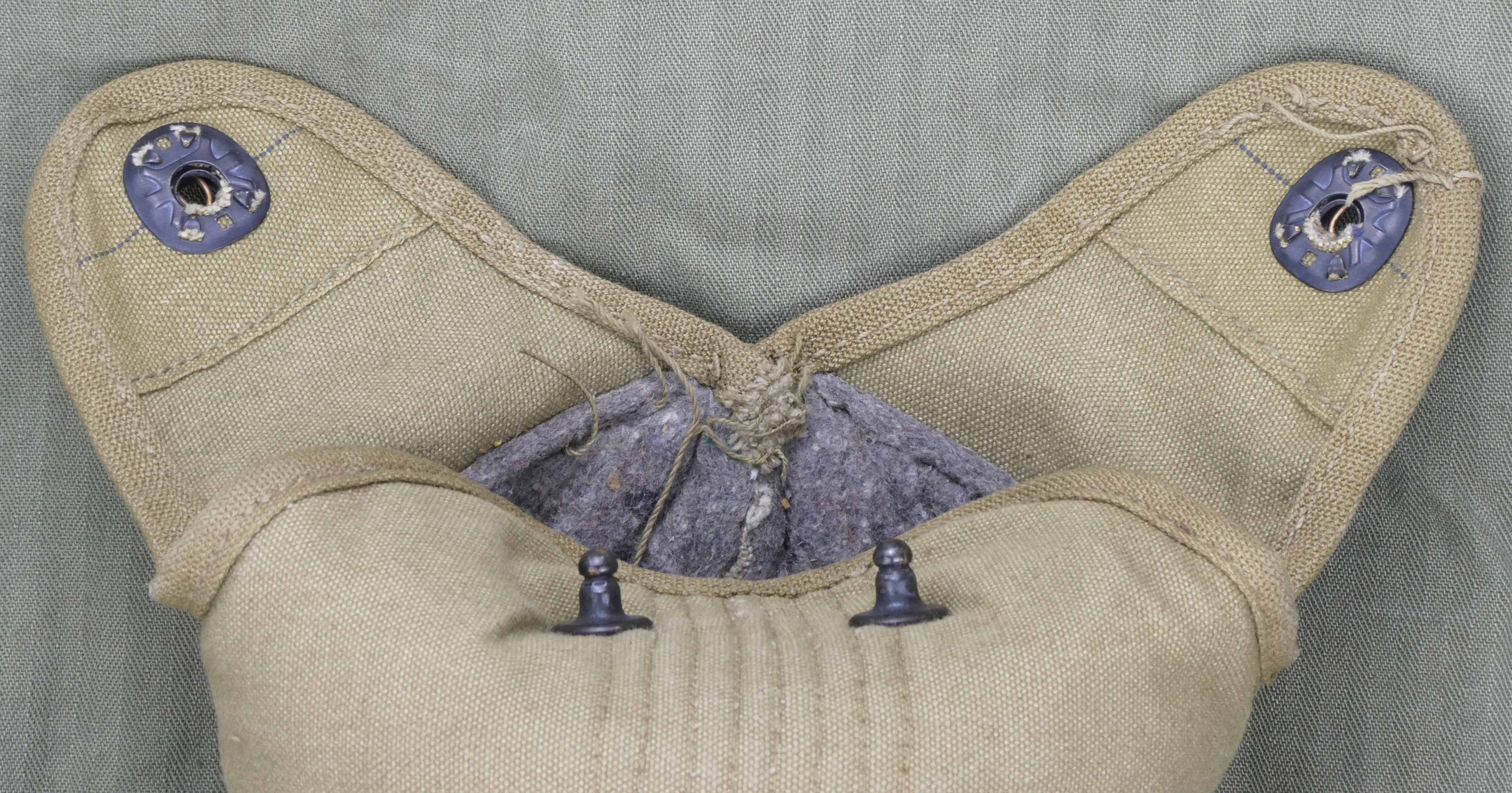

Stamp:
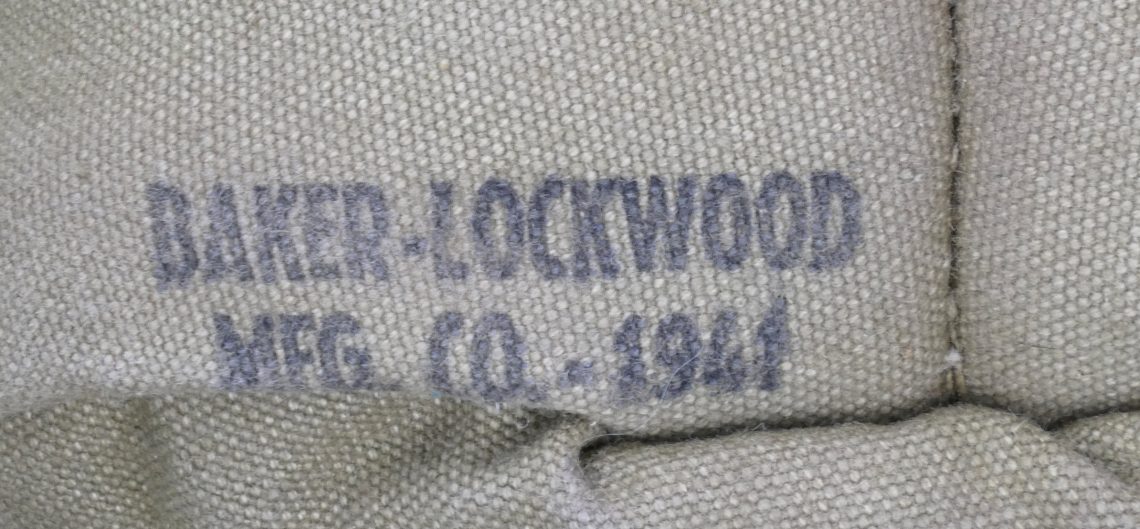
Twill Rear Seam (1942):
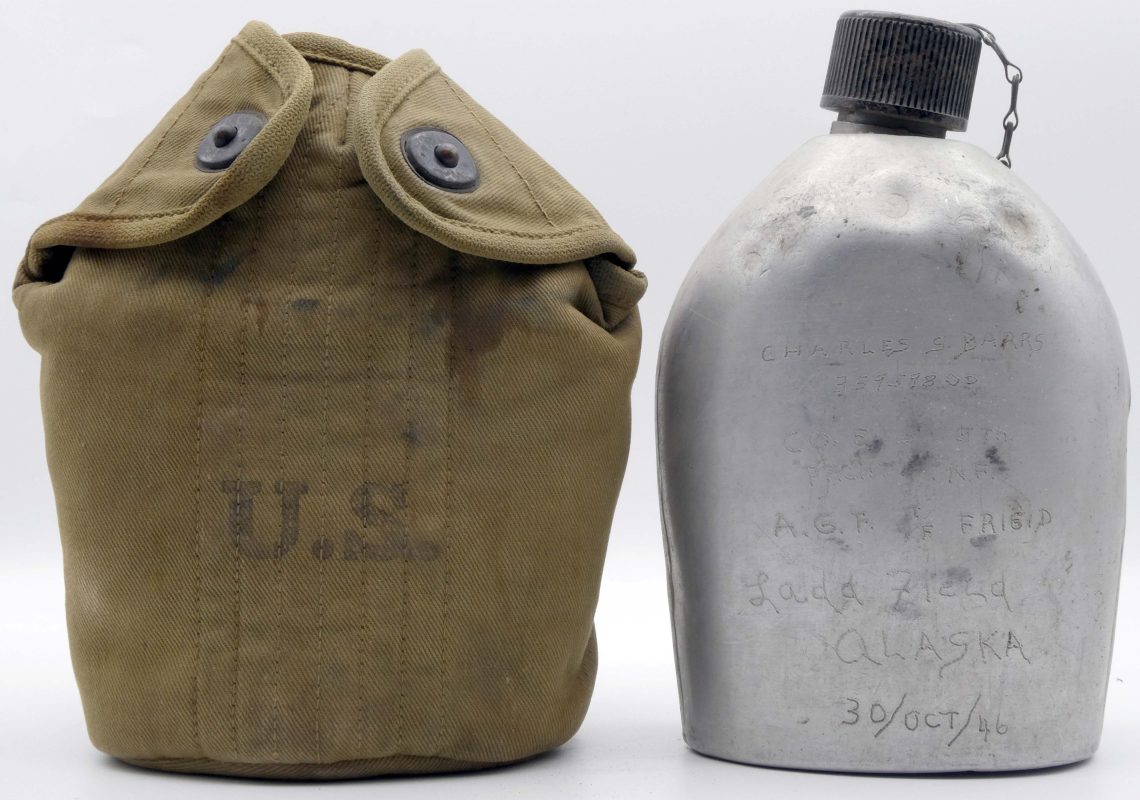
This canteen and cover set is named to a member of E Company of the 505th Parachute Infantry Regiment (PIR), which was in the 82nd Airborne Division throughout WW2 and into the present. E Company participated in Task Force Frigid [6] (September 7, 1946 – April 1947 [7]), an exercise to test then-contemporary equipment in cold weather and arctic conditions [8]. This test was justified by worsening relations with the USSR and the start of the Cold War. [9]


Most, perhaps all, rear seam canteen covers made from lightweight twill material were made in 1942 at the Jeffersonville Quartermaster Depot [10][11]. The OD #3 twill material was the same as what was used in the earlier M1942 Mountain Rucksacks and M41 “Parson’s Jacket” [10].
Sides:


Top:

Inside:
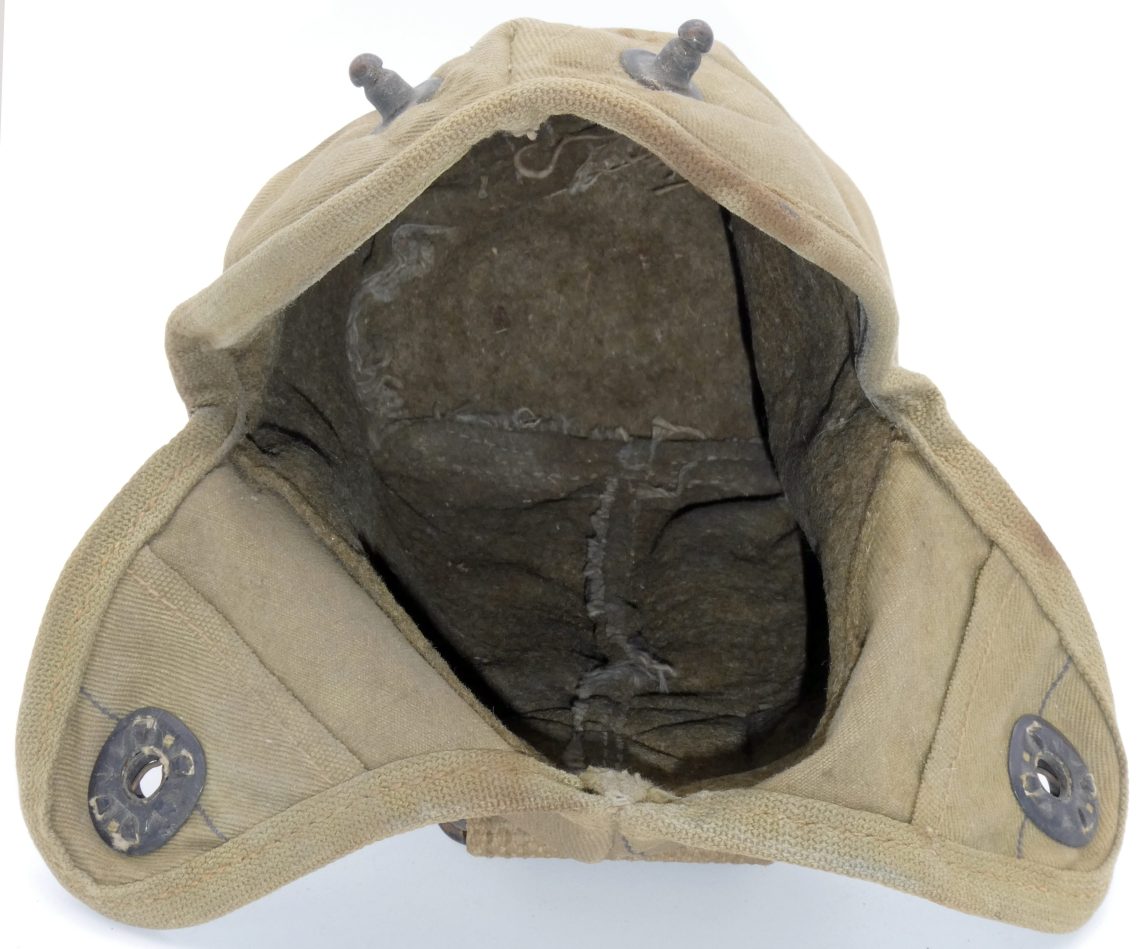
Bottom:
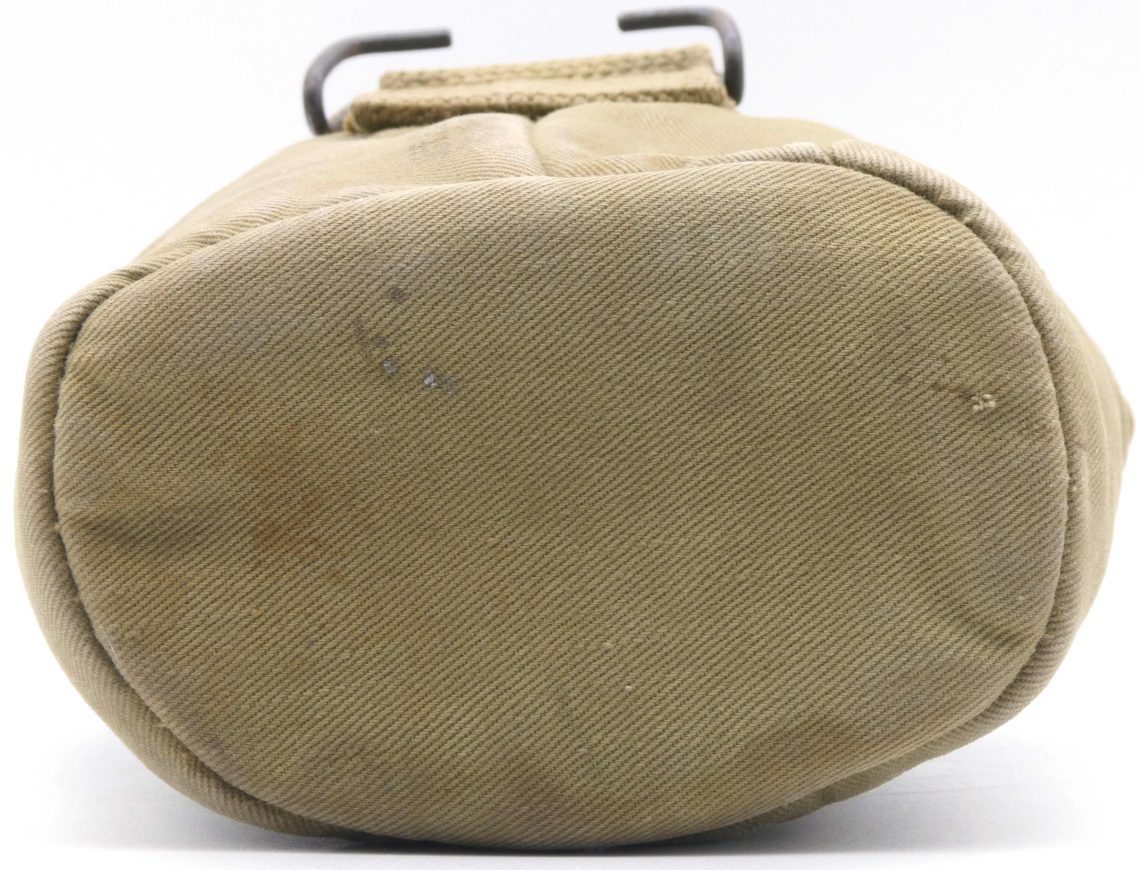
Canteen:


Charles S. Barrs, the soldier this set was issued to, customized the metal canteen with some trench art to commemorate his involvement.
Side Seam (later):
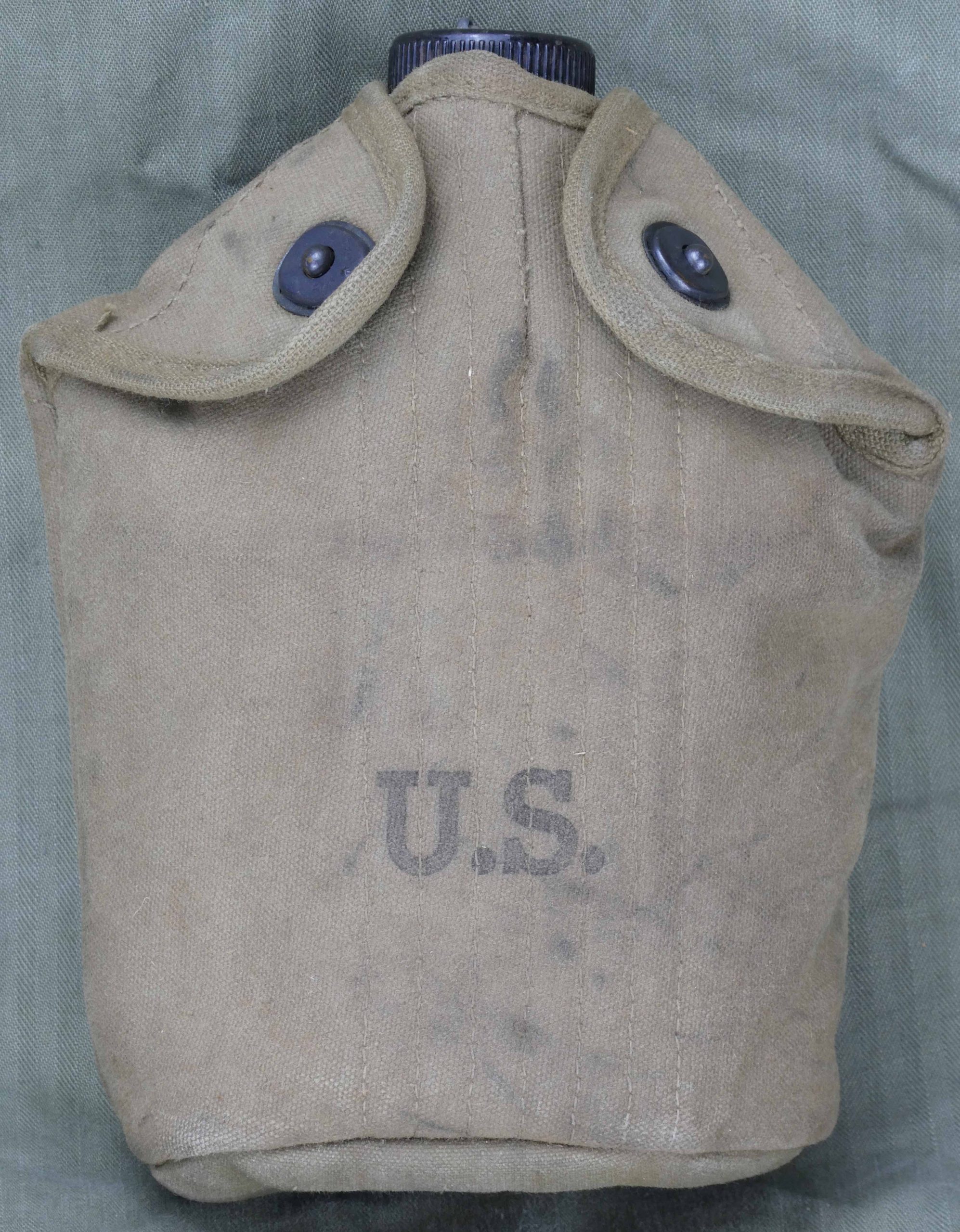
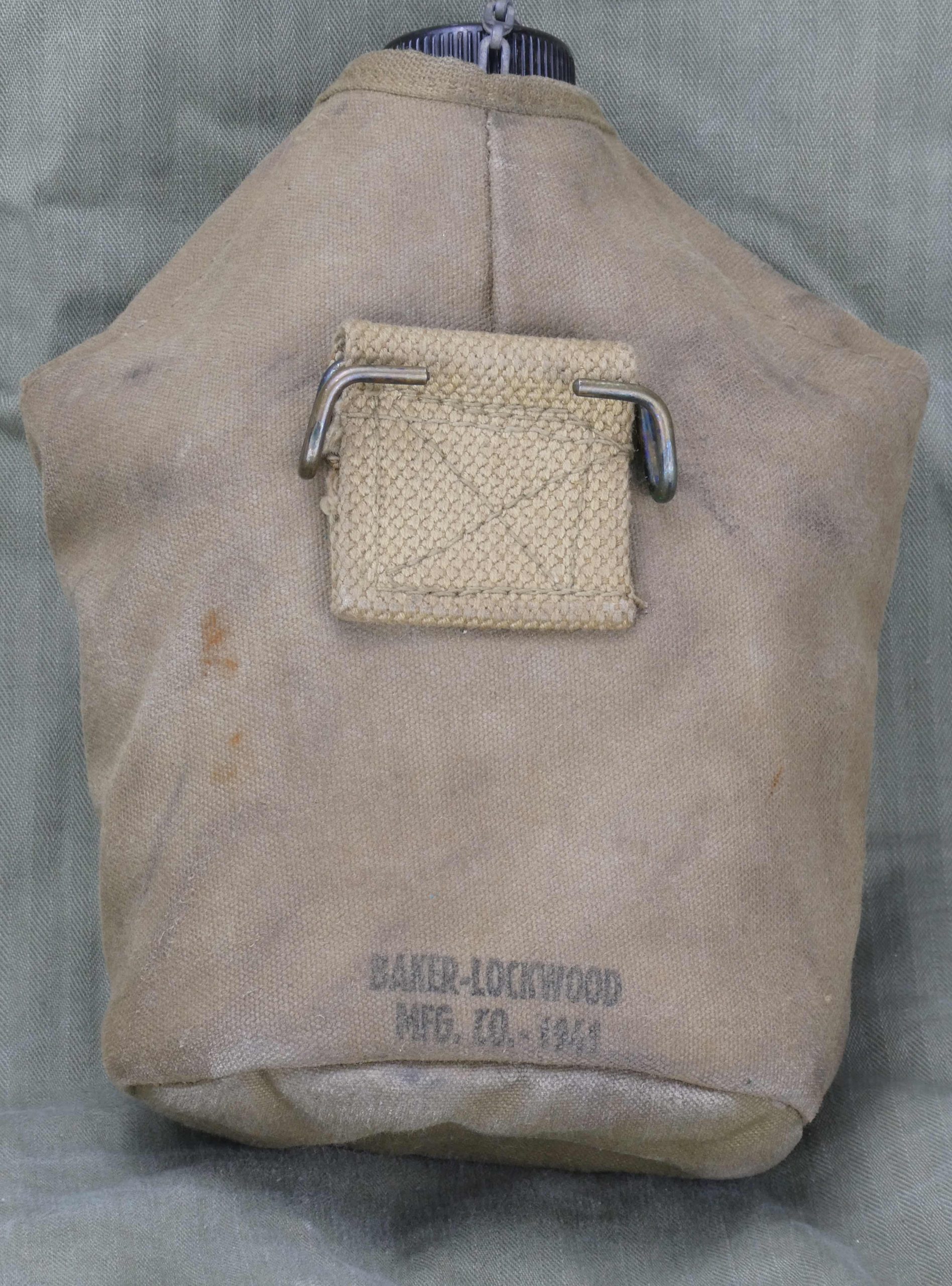
Most US Army WW2 canteen covers use a bigger, looser cut since it was easier for soldiers to use because it was cut to make sure it does not grip the canteen set as tightly as the rear seam version above. This also allows room for the material to shrink since soldiers were told to wet the canteen covers in order to help keep the contents cool [12], which would naturally cause shrinkage over time.
Sides and Bottom:


Bottom:
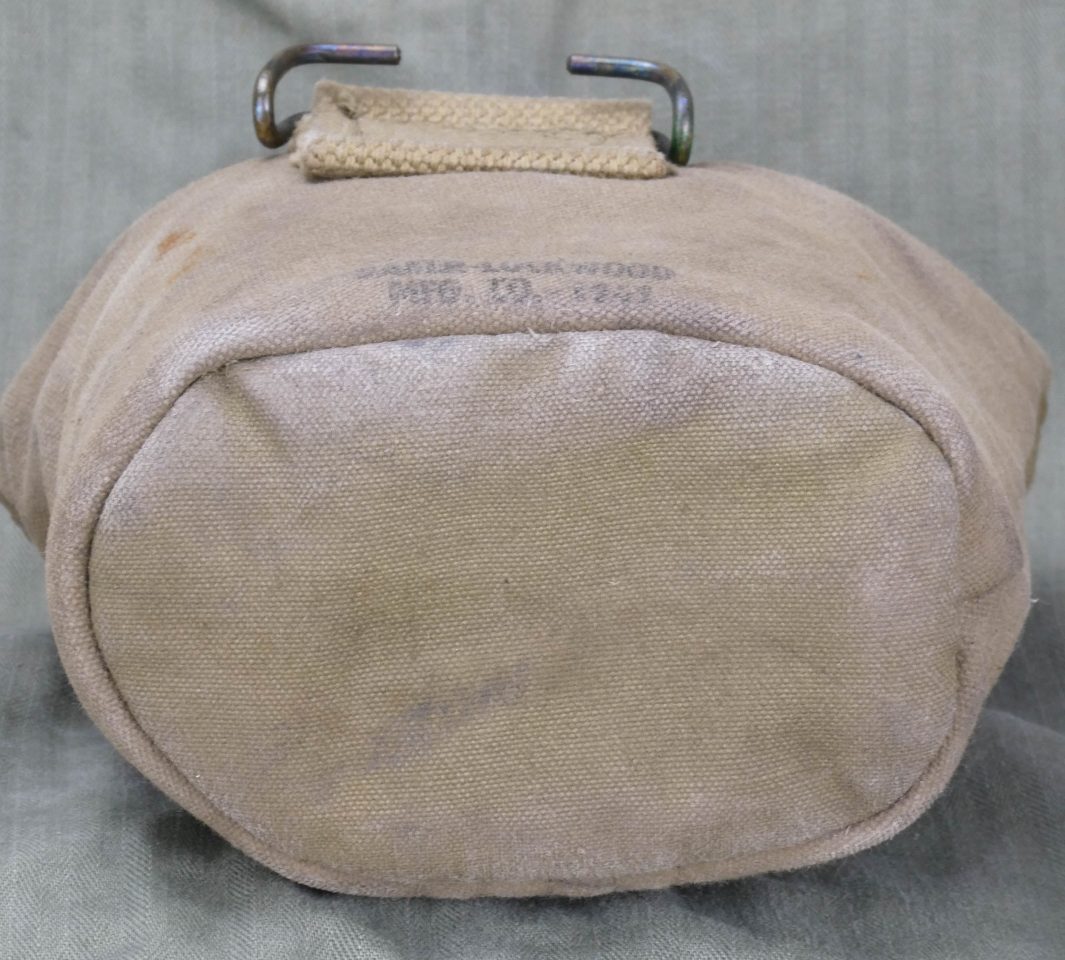
Inside:

Wool lining for insulation.
Stamp:

This particular example is also dated to 1941 and was produced by the same manufacturer, Baker-Lockwood, as the rear seam one above. The side seam pattern was officially authorized in 1942 [13].
